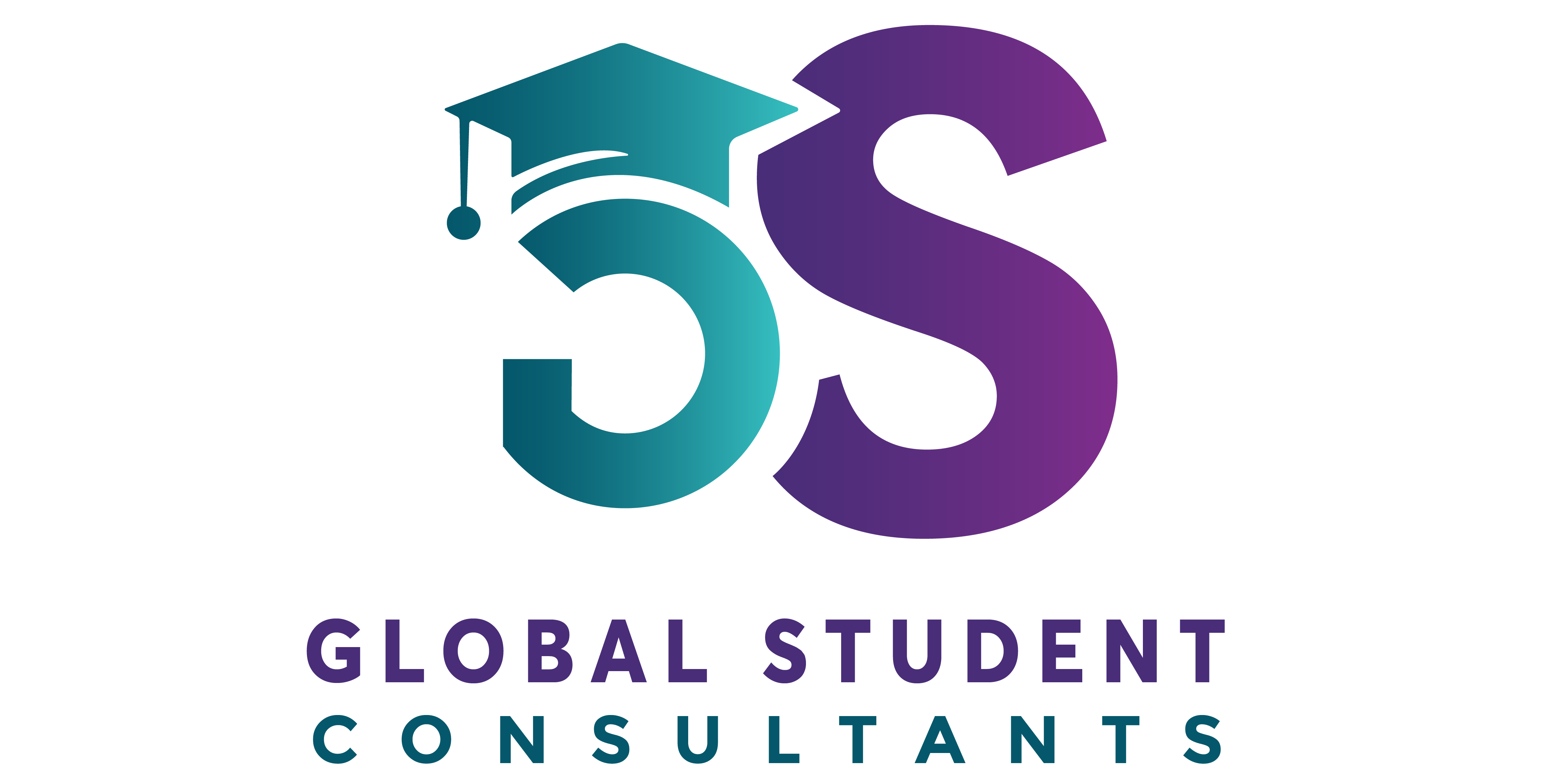
A Spoken English course is designed to improve and enhance one’s proficiency in speaking English fluently and confidently. These courses typically focus on practical communication skills rather than grammar rules or academic writing. Here are some key aspects typically covered in a Spoken English course:
Conversation Practice: Engaging in structured dialogues and discussions to practice speaking in various contexts.
Vocabulary Building: Learning new words, phrases, and idiomatic expressions commonly used in spoken English.
Pronunciation and Accent: Improving pronunciation clarity and learning to speak with a neutral or understandable accent.
Listening Skills: Developing the ability to understand different accents and spoken English in various situations.
Speaking Confidence: Building confidence through practice and feedback in speaking English in public or casual settings.
Grammar in Context: Understanding basic grammar structures through practical usage rather than theoretical rules.
Role-plays and Simulations: Practicing real-life scenarios such as job interviews, customer service interactions, etc.
Cultural Awareness: Learning about cultural nuances in English-speaking countries that affect communication.
Feedback and Correction: Receiving constructive feedback on language use, pronunciation, and overall speaking skills.
Interactive Learning: Using multimedia resources, group activities, and interactive exercises to make learning engaging and effective.
Spoken English courses are typically tailored for learners at different proficiency levels, from beginners to advanced speakers. They may be offered in various formats such as in-person classes, online courses, or blended learning options, depending on the provider. The goal is to help learners feel more comfortable and proficient in using spoken English in everyday situations and professional contexts.
Spoken English Course at Global IELTS&PTE
Course Overview:
This course is designed to enhance participants’ ability to communicate confidently and effectively in spoken English across various situations. Through interactive sessions, practical exercises, and personalized feedback, learners will develop their speaking skills, pronunciation, vocabulary, and fluency
Course Objectives:
Improve spoken English fluency and confidence.
Enhance pronunciation and clarity.
Expand vocabulary and idiomatic expressions.
Develop effective communication skills for both casual and formal contexts.
Practice listening comprehension and response in real-life scenarios.
Course Duration:
12 weeks (adjustable based on intensity and frequency of sessions)
Course Structure:
Week 1–2: Foundation and Assessment
Session 1: Introduction and needs assessment.
Session 2: Basics of pronunciation and phonetics.
Session 3: Vocabulary building and common expressions.
Week 3–4: Speaking Fluency
Session 4: Speaking drills and fluency exercises.
Session 5: Role-plays and simulated conversations.
Session 6: Group discussions on various topics.
Week 5–6: Grammar and Structure
Session 7: Grammar essentials for spoken English.
Session 8: Sentence structure and forming coherent thoughts.
Session 9: Practice sessions with grammatical focus.
Week 7–8: Listening and Comprehension
Session 10: Active listening strategies.
Session 11: Listening to different accents and speech patterns.
Session 12: Responding to spoken prompts and questions.
Week 9–10: Communication Skills
Session 13: Effective communication in different contexts (e.g., workplace, social settings).
Session 14: Presentation skills and public speaking practice.
Session 15: Handling discussions and debates.
Week 11–12: Practical Applications
Session 16: Review and personalized feedback.
Session 17: Practical exam simulations or real-life scenarios.
Session 18: Course wrap-up and final assessment.
Teaching Methodology:
Interactive Sessions: Engaging activities such as role-plays, debates, and group discussions.
Practical Exercises: Pronunciation drills, listening comprehension tasks, and speaking prompts.
Feedback Mechanism: Regular feedback on pronunciation, grammar, and speaking style.
Real-life Simulations: Simulated scenarios to practice language in context.
Assessment and Evaluation:
Initial Assessment: Pre-course assessment to gauge baseline proficiency
Progress Tracking: Regular assessments and quizzes throughout the course.
Final Assessment: Comprehensive assessment covering speaking, listening, and comprehension skills.
Feedback: Detailed feedback on strengths and areas for improvement provided after each session.
Resources and Materials:
Textbooks and Workbooks: Structured materials for grammar, vocabulary, and exercises.
Audio and Visual Aids: Recorded conversations, videos, and listening comprehension exercises.
Online Resources: Access to online platforms for additional practice and self-study.
Conclusion:
By the end of the course, participants will have gained confidence in their ability to communicate effectively in spoken English, with improved fluency, pronunciation, and comprehension skills. The course aims to equip learners with the necessary tools and practice to navigate various communication situations with ease and confidence. For more details, visit our office in Lahore.





